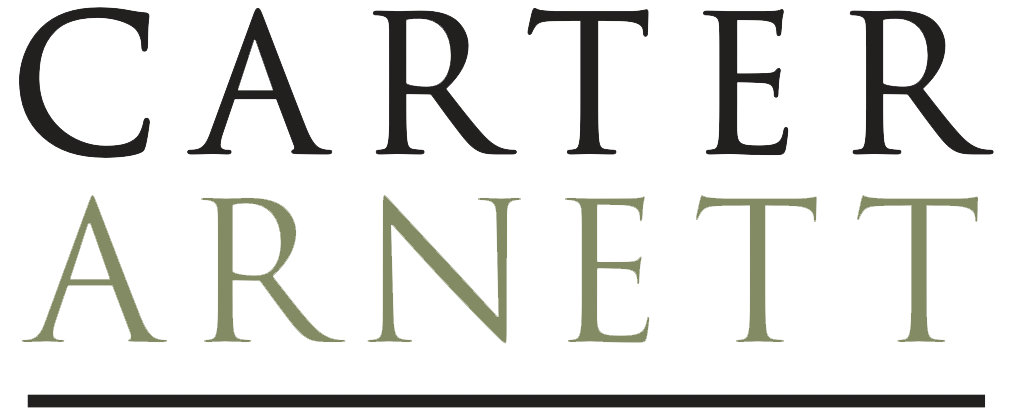On April 29, 2024, the U.S. Equal Employment Opportunity Commission (EEOC) updated its Enforcement Guidance on Harassment in the Workplace. It is a significant refresh that replaces older guidelines dating as far back as the 1980s and 1990s. The Guidance thoroughly discusses how employees can substantiate harassment claims, recognize a “hostile” work environment, and outlines the conditions under which employers can be held accountable for harassment. More notably, the guidance tackles novel issues such as harassment based on sexual orientation or gender identity, pregnancy-related conditions following the Pregnant Workers Fairness Act (PWFA), and religious-based harassment to catch up to the current legal landscape.
New Highlights
LGBTQ+ Rights: The updated guidance states that harassment of LGBTQ+ workers may violate Title VII. This update follows the Supreme Court’s landmark 2020 ruling in Bostock v. Clayton County, which determined that discrimination based on sexual orientation and gender identity is effectively discrimination based on sex under Title VII. This alignment with judicial precedent ensures that the EEOC’s guidelines reflect the current state of the law. The EEOC provides examples of such discrimination, such as denying a transgender person access to the appropriate bathroom, “repeated and intentional” use of incorrect gender pronouns, or harassing an employee for not conforming to traditional gender presentations.
Sex-Based Harassment and the PWFA: In addition to sexual orientation and gender identity, harassment based on “sex” also includes pregnancy or pregnancy-related conditions like morning sickness, lactation, contraception and abortion. This tracks with the PWFA. The EEOC provides examples including yelling at a pregnant employee for “always” being in the bathroom, referring to a pregnant employee as a “heifer,” making jokes directed at a lactating employee, or making comments about pregnant women getting special perks and privileges.
Religious Discrimination and Accommodation: Addressing more traditional issues of religious harassment, the EEOC Guidance states that employees should not face harassment for their religious beliefs, or lack thereof. It also acknowledges that religious employees may share their beliefs with colleagues, provided these conversations are mutual and consensual. Conversely, if a religious employee persistently preaches, warns co-workers of damnation, or insists on discussing religious matters after others have expressed disinterest, such behavior could constitute, or evolve into, illegal religious harassment.
The guidance, however, does not thoroughly address the tension between religious beliefs and LGBTQ+ rights under Title VII or pregnancy rights (like abortion) under the PWFA. Nor does it attempt to tackle freedom of speech concerns. There may be some exceptions, for example, for religious employers and requiring employees with sincerely held religious beliefs to use preferred pronouns. But for now, the EEOC will require employers to respect employees’ preferred pronouns and permit transgender employees to use the bathrooms that align with their gender identity. More remains to be seen on these issues as they are examined by the courts and developed in case law.
Cross Based Issues and Associational Discrimination: The guidance addresses harassment based on incorrect perceptions of an individual’s protected characteristics, such as national origin or religion. For example, harassing someone perceived as Pakistani when they are Hispanic, or assuming a Sikh man wearing a turban is Muslim, is considered harassment based on national origin and religious, respectively, even if these perceptions are wrong. The EEOC also states that “associational discrimination,” which includes harassment because of an employee’s association with individuals of a different or the same protected class can occur regardless of the closeness of the relationship, such as a White employee harassed because his spouse is Black, or a Black employee harassed because she has a biracial child. Harassment is also actionable even if the harasser belongs to the same protected class as the complainant, known as intraclass harassment.
Harassment in the Virtual Workplace: The EEOC emphasizes that harassment need not occur in person to be actionable. Harassment can also occur through digital communications (online, emails, social media, text messages, virtual meetings), and include actions that are based on, or even mistakenly attributed to, protected characteristics (such as race, age, or disability). Conduct occurring within a work-related communication system, account, device or platform like email, instant message system, and video conferencing, for example, are considered to occur within the work environment. The updated guidance provides helpful examples including, “sexist comments made during a video meeting, ageist or ableist comments typed in a group chat, racist imagery that is visible in an employee’s workspace while the employee participates in a video meeting, or sexual comments made during a video meeting about a bed being near an employee in the video image.”
Employer Responsibilities: The EEOC also clarified when the Farragher/Ellerth defense can apply. The EEOC now contends that if a supervisor coerces an employee into harassing a co-worker, then the company can be liable both for the harassment of the co-worker and the employee who was coerced. It added that a “tangible employment action” may involve granting a favor to an employee who acquiesces to sexual demands. Employers may also be held accountable for harassment even if the perpetrator is not an employee—this includes independent contractors, customers, clients, students, hospital patients, and nursing home residents.
Looking Ahead
The guidance is expected to face legal challenges, particularly regarding its expansions in the areas of free speech and religious expression. Even so, the guidance is effective immediately. Employers should align their policies and training accordingly to prevent and address harassment comprehensively and address these changes. The guidance outlines that employers must take proactive steps to prevent harassment and respond effectively when incidents occur. This includes providing clear reporting mechanisms and ensuring that policies are accessible and understood across diverse workforces.
This update marks a significant shift towards inclusivity and protection in the workplace, reflecting both legal developments and societal changes. Employers are advised to review and possibly overhaul their harassment policies to ensure compliance with the new standards.
Stacey Cho Hernandez
shernandez@carterarnett.com
Courtney Barksdale Perez
cperez@carterarnett.com



